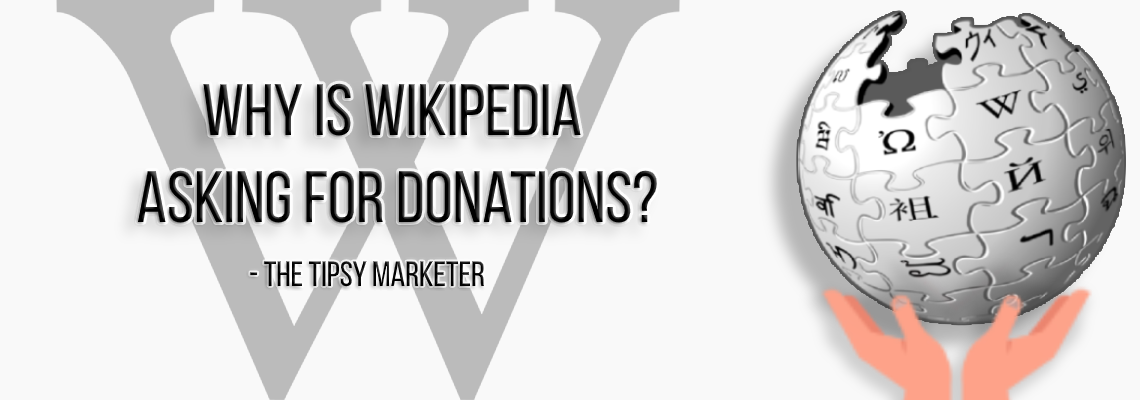How does Google Search work?
The Google search engine!
In the digital world that we live in today, we can barely imagine our lives without this tech giant, so much that we have started using the brand as a verb.
Can you please 'Google' the answer and let me know?
Lets 'Google' and see if we can find the assignment online!
Google started on September 4th, 1998 and was founded by a couple of Standford graduates, Larry Page and Sergey Brin, and is currently led by Sundar Pichai as its CEO. One of the most popular Google products is the Google Search, a search algorithm that crawls, indexes and serves results based on a search query.
Google indexes billions of web pages spread across the corners of the internet in an attempt to give its users as much information as it can on any given search query.
The algorithm is also designed to factor in over 200 signals to ensure that the results are displayed in a manner that is most useful to the end user. Google Search is the most widely used search engine in the United States and currently has a market share of 65.6%.
So how does Google Search really work?
Google Search is based on 3 simple steps of: crawling, indexing and serving.
Step 1: Crawling
Crawling is the process of scouting the web for information in the form of web pages to be added to the Google index. The index is a collection of web pages that Google has discovered and crawled, basically, all that Google knows about!
Crawling is a process that is carried out by Google Search using Googlebot crawler, which is basically an algorithm that scrapes the web for new content continuously to build the Google index.
During the crawl Google renders the page using the latest version of the Chrome browser. As a part of the rendering process it runs any page script that it finds.
Can I stop Google from crawling certain pages from my website?
Pages that have already been crawled and are considered duplicates of another page, are crawled less frequently.
Step 2: Indexing
Googlebot processes and analyses each page in order to understand its structure and the content on the page. Some of the key tags like the title tag, alt attributes, images and videos on the page are processed while indexing the page.
Before indexing the page, Google analyses if the web page has any duplicate pages, in order to ensure that duplicate results do not appear in the Google Search.
How do I improve the indexing of my website?
You can prevent Google from indexing a web page using a noindex tag, this prevents Google from crawling the web page.
Use structured data to ensure that the key elements of the page are duly indexed and are eligible to appear as rich results on the Google Search
Follow all SEO best practices consistently!
Step 3: Serving results to the world!
When a user enters a query, the Search algorithm scans the Google index and displays a number of results that are relevant to the query. In order to do so, it considers hundreds of different SEO signals to ensure that the results are not only precise but also match the intent of the user.
Google gives a high weightage to user experience while choosing and ranking search results.
How do I improve my website's serving?
Make sure your website is mobile friendly and has a good user experience
User structured data markups wherever applicable to appear as rich results on the SERP
Consider implementing AMP for faster loading on mobile devices
Don't create content for search engines and bots, instead focus on creating good, fresh content that your potential user would appreciate
Lastly, follow the SEO best practices thoroughly and consistently!
We hope you learnt something new today about the way Google Search works. We have some awesome content headed your way, so keep checking the Tipsy Marketer!









Comments
Post a Comment